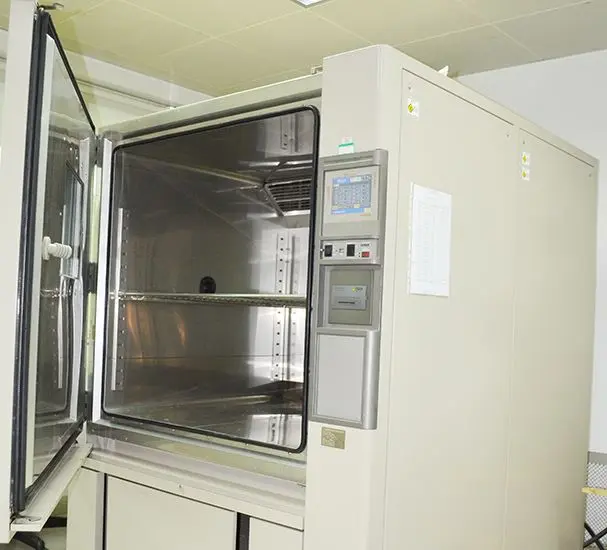
What is the Amazon 16 CFR 1700.20 Test Report?
16 CFR 1700.20is a child-resistant packaging testing standard established by the U.S. Consumer Product Safety Commission (CPSC). It is designed to evaluate a package’s ability to prevent children of specific age groups from opening it, while ensuring that adULts can use it normally. Below are the key points of this test:

Purpose of the Test
The test verifies that the packaging design can effectively prevent children aged 42–51 monthsfrom opening it (such as medicine, button batteries, and cheMICal containers), thereby REDucing the risk of accidental ingestion. At the same time, it ensures that adults, especially those aged 50–70, can open and close the package smoothly.
Test Subjects Requirements
Children Group
① Age:42–51 months, divided as follows:
42–44 months: 30%
45–48 months: 40%
49–51 months: 30%
② Sample Size:At least 200 children, with gender ratio deviation ≤10%
③ Restrictions:No tools or external assistance allowed
Adult Group
① Age:50–70 years, divided as follows:
50–54 years: 25%
55–59 years: 25%
60–70 years: 50%
② Sample Size:At least 100 adults, must understand packaging instructions and operate independently
③ Gender Ratio:Some tests require 70% female participants
Test Methods and Acceptance Criteria
Children Testing Procedure
1. First Attempt:Free attempt to open the package within 5 minutes.
2. Second Attempt:After a short break, another 5-minute attempt.
Passing Standard:≥80% of children fail to open the package in both attempts.
Adult Testing Procedure
1. First Opening:Open the package within 90 seconds.
2. Repeated Operation:Open and re-close the package within 5 minutes.
Passing Standard:≥90% of adults can complete the operation successfully.
Packaging Design Requirements
① Materials & Structure:High-strength materials and complex opening mechanisms (e.g., double-layer locks, push-and-twist designs).
② Warning Labels:Clear warning labels indicating child safety risks.
③ Applicable Products:Items requiring child resistance, such as button batteries, medicines, and chemicals.
Test Duration and Samples
Duration:Approximately 3–4 weeks.
Sample Quantity:10 newly manufactured packages, covering different sizes/capacities.
Regulatory Background
This standard originates from the U.S. “Reese’s Law”, which mandates that products like button batteries pass child-resistant tests to prevent accidental ingestion by children.
Certification Process
1. Submit application form and product informationfor evaluation.
2. Provide test samples.
3. Laboratory conducts the test and generates a report.
4. Upon passing, CR certification (Child-Resistant Packaging)is issued.
> Note: The test must be conducted by a CPSC-accredited laboratory(e.g., ANAB-certified labs).
Email:hello@jjrlab.com
Write your message here and send it to us
 How to Test IP68 Rating
How to Test IP68 Rating
 Differences Between FDA and LFGB for Food Contact
Differences Between FDA and LFGB for Food Contact
 Process and Precautions for Amazon CPC Certificate
Process and Precautions for Amazon CPC Certificate
 E-mark Certification Testing Service Laboratory
E-mark Certification Testing Service Laboratory
 Amazon ISO/IEC 17025 UL Testing Service Laboratory
Amazon ISO/IEC 17025 UL Testing Service Laboratory
 How to get CE Certification for Lighting Products?
How to get CE Certification for Lighting Products?
 CE Certification Standards & Process for Elect
CE Certification Standards & Process for Elect
 Japan METI Registration & Japanese Agent Servi
Japan METI Registration & Japanese Agent Servi
Leave us a message
24-hour online customer service at any time to respond, so that you worry!




